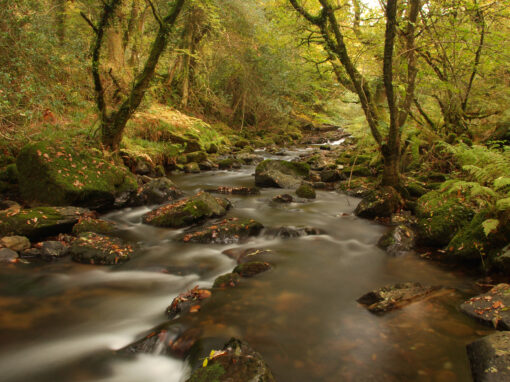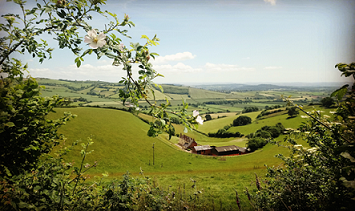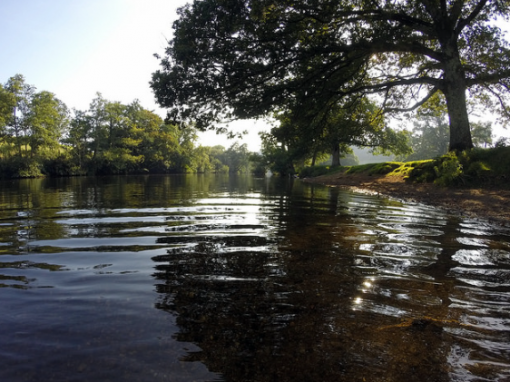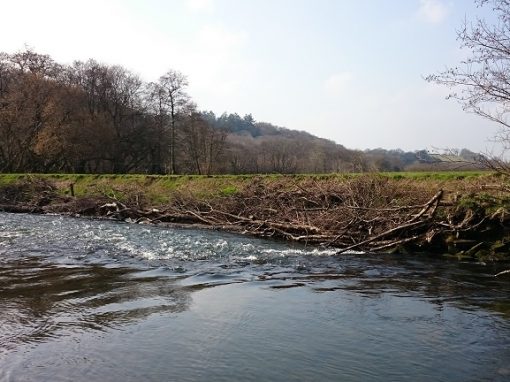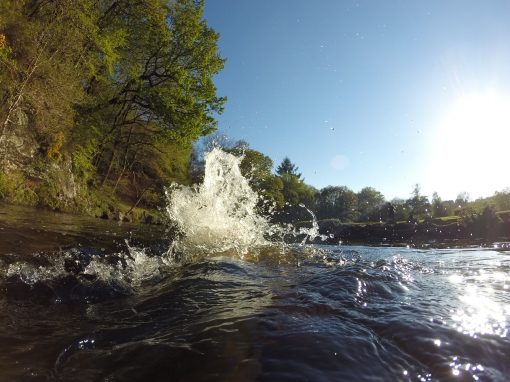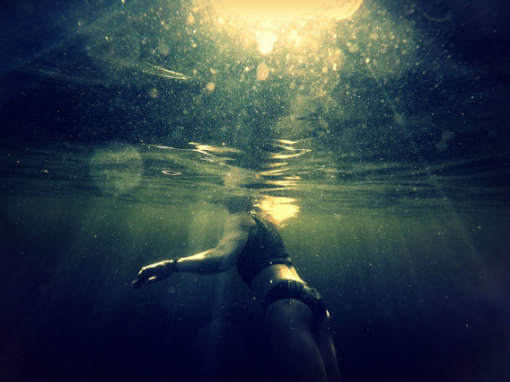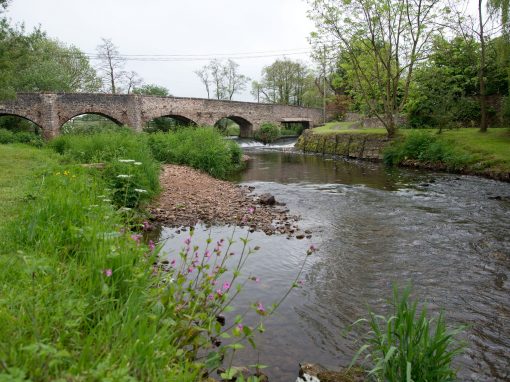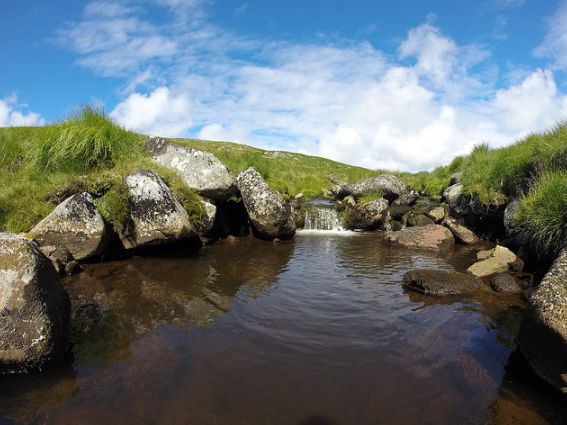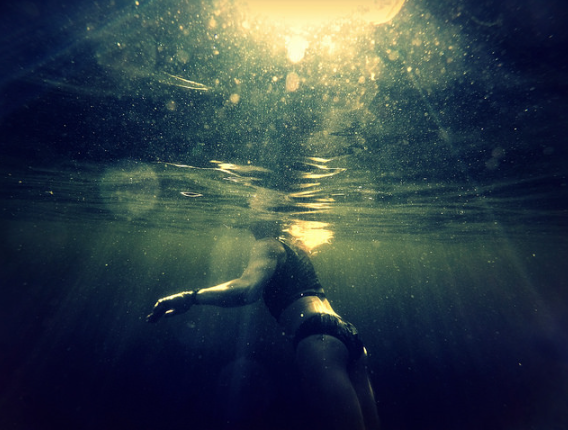
A River Story by Chris Popham
Image@ Chris Popham
Dip into the Dart
In the first of three river stories, we hear from wild swimmer Chris Popham as he recounts the beautiful scenery he has witnessed along the River Dart.
I have been outdoor swimming across Dartmoor, down the River Dart and along the coast for many years, but as with all things there is a tendency to like what I know and know what I like. Consequently I have returned time and again to Hembury Woods or Holne Bridge, Sharrah Pool and Abbot’s Mede. Each is a jewel on the river and each offers some exceptional swimming in the clearest, cleanest water it is possible to imagine amongst scenery that I feel I am obliged to say cannot be beaten.
Find out more about the work of Westcountry Rivers Trust...
From sources to sea, the River Dart is almost 60 miles and I can now happily say I have swum every puddle and pool of the river and the estuary from Totnes Weir in a continuous line to Dartmouth Castle. Much of it has been swum repeatedly, as after all, much of the appeal is the change in the river across the seasons and the clear blue skies of mid-winter are just as inspiring as the leafy shades of mid-summer.
Sandy Hole Pass on the East Dart upstream of Postbridge offers unlimited views of sky and moor and in early summer foxgloves spill their flowers into the rich, peat darkened water. A swim here requires a small commitment as it is over 2 miles over moorland from the road. The three various pools can be yours alone except maybe for the plaintive bleat of a sheep that could at a quick glance nevertheless be nothing more than another grey granite boulder. There is no doubt that you are far from the madding crowd and there is nothing for it but to let your feet float up and come to terms with the fact that no matter what you should be doing there is very little you can be doing about anything right now, or indeed for a couple of hours yet.
Click on the Dip into the Dart Part 2 and 3 images below to read more…
WRT Position Statement
The Trust is keen to promote access to our rivers in all shapes and forms as it strongly believes if you can’t access a river, you can’t enjoy it and if you can’t enjoy it, you are less likely to want to protect it. However, this should be with the permission of the landowner as there is no general legal right of access.
Activities at single points, like wild swimming, fishing or playing in the river, are a great way to experience this environment and, when done with landowner permission and in sympathy to nature (i.e. following the countryside code), are a great way to enjoy this amazing habitat. Where there are open access agreements (such as the moors) this is relatively straight forward but outside of open access land, and above the tidal limit, access to rivers needs landowner permission. If you are fishing you also require a rod license alongside the beat owner’s permission.
Access along the length of the river, whether canoeing or wild swimming, requires permission by the owners of each section. In places, there are agreements between several owners to allow access over longer sections and the Trust is keen to help negotiate and promote permissive access where possible and in-line with best environmental practice. Below the tidal limit there is open navigation rights into the marine environment so other than permission to use the slipways and portage points wider landowner permission is not needed.
Other Westcountry River Stories
